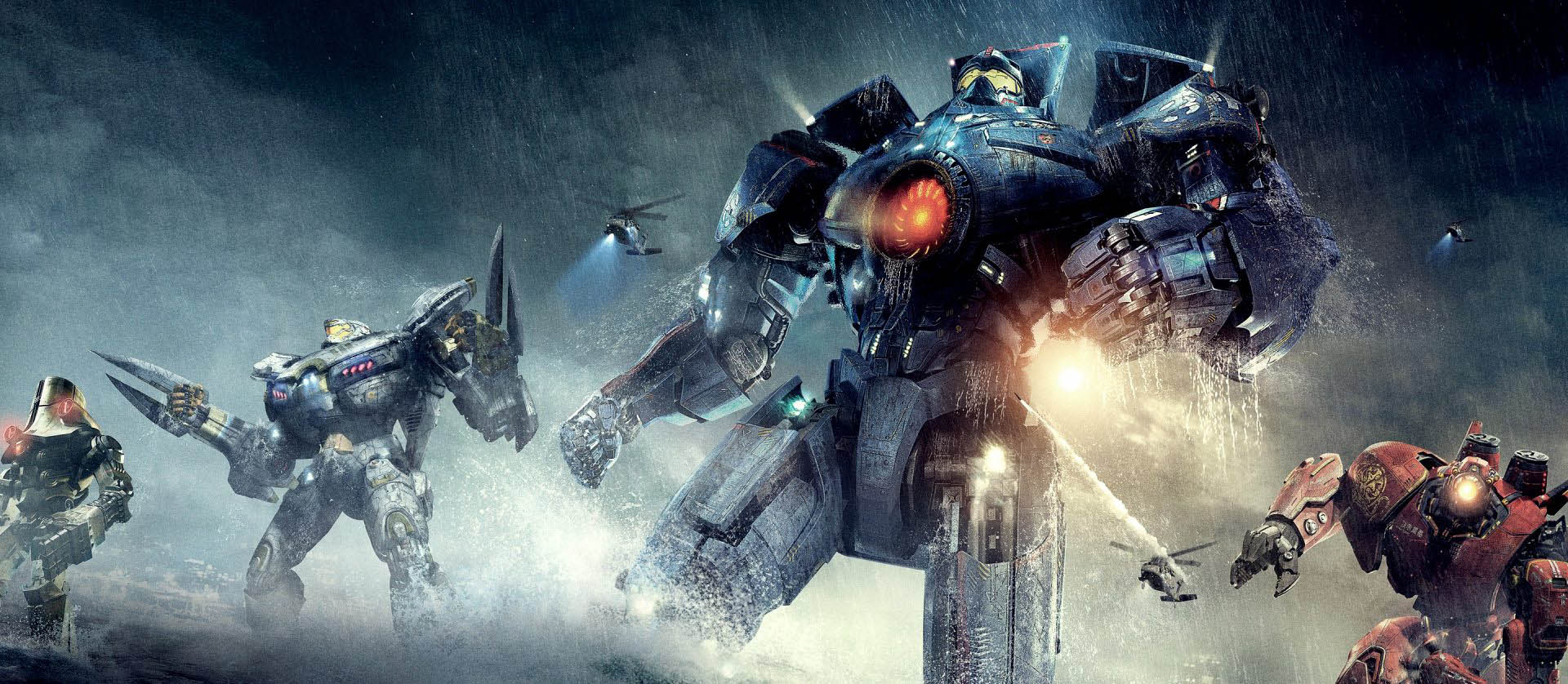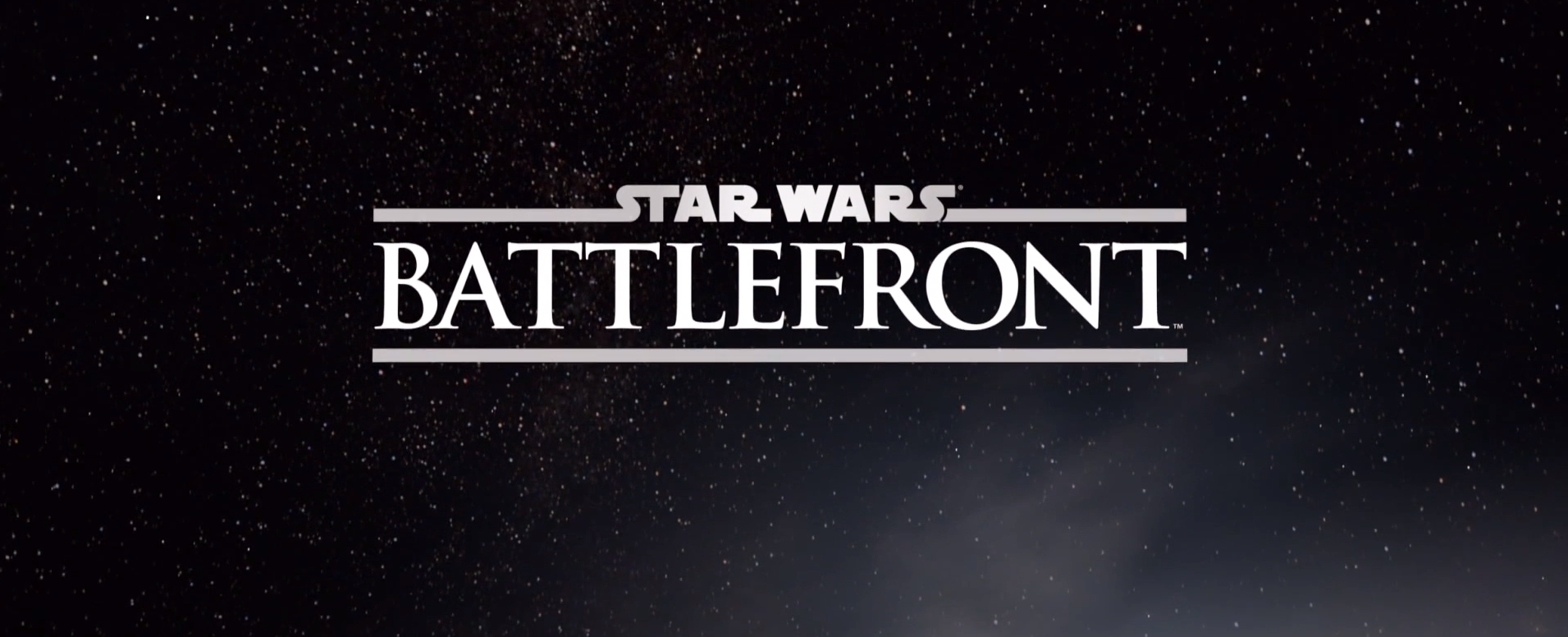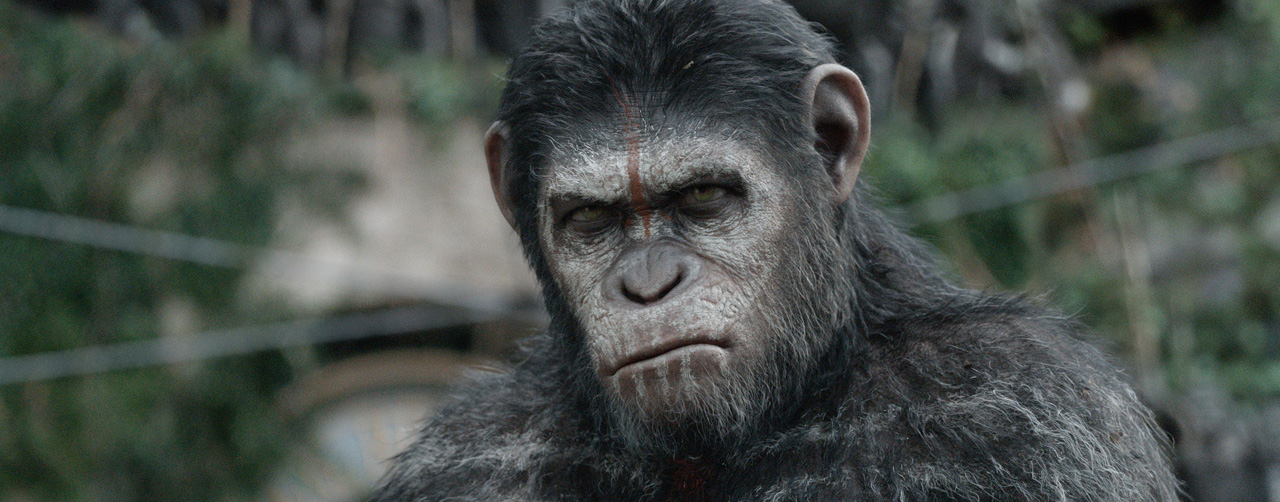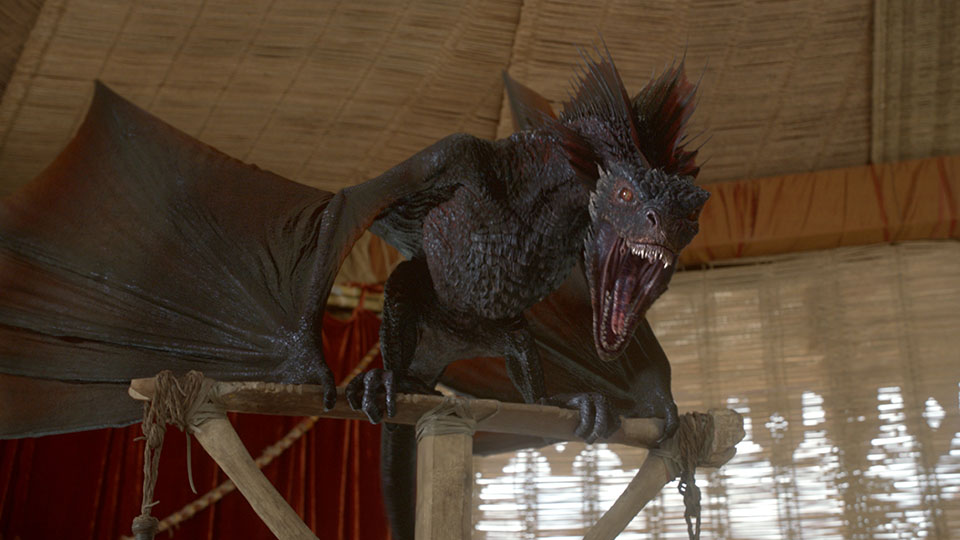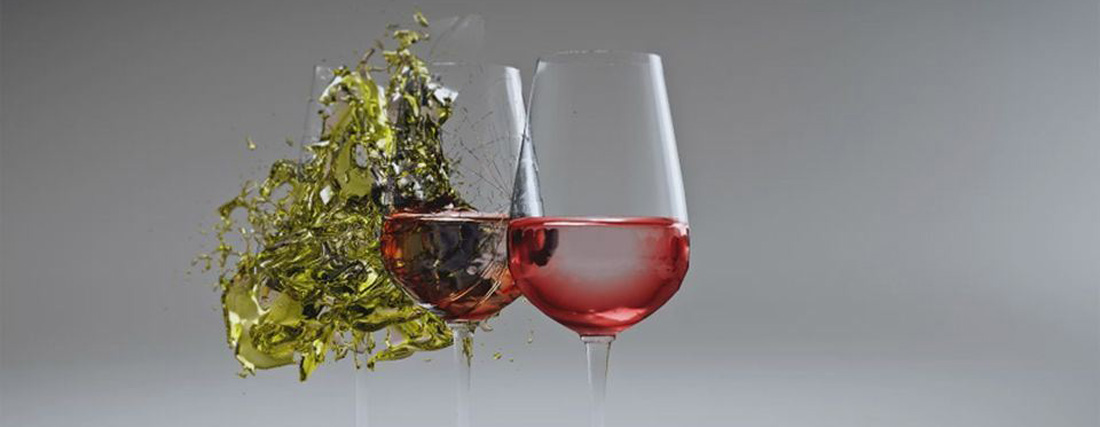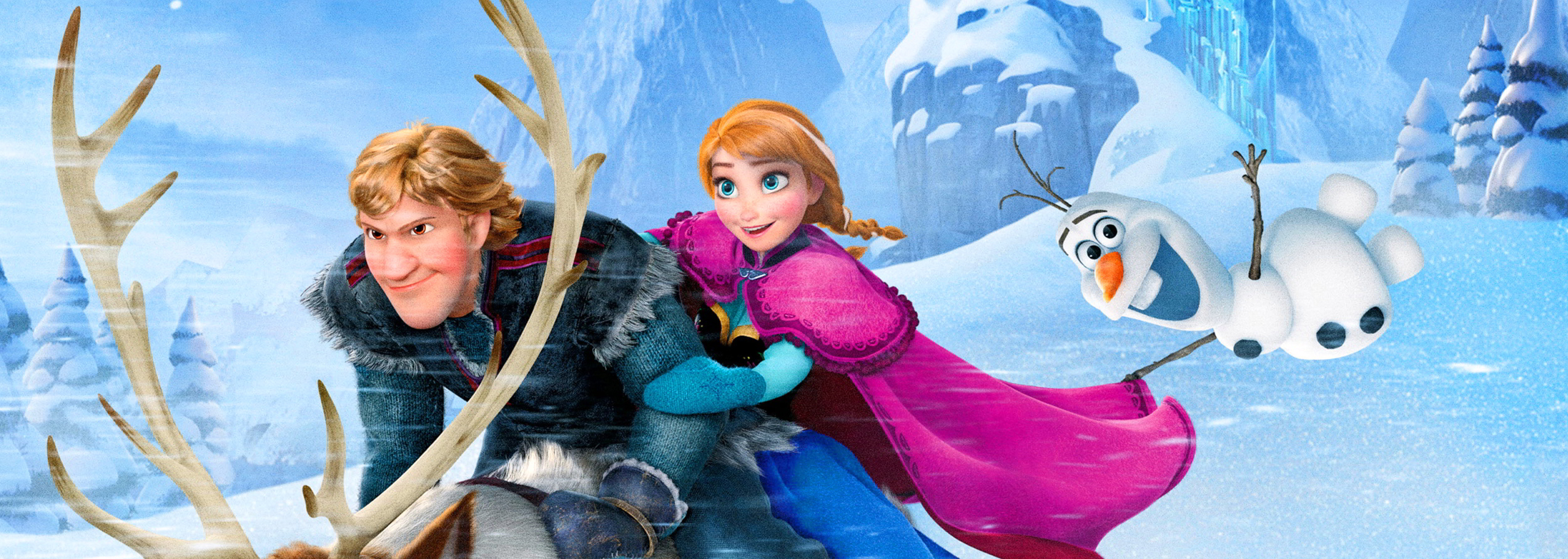I started this project with the aim of testing how Pulldownit behaves along with Cg fluids, and also as a practice in the use of Pulldownit plugin which was pretty new to me. I decided to make a 3 glasses shot for being more genuine than the usual “wineglass breaking” . Besides looking at the web I hardly found any good test of Pulldownit and fluids, so I was a little scary about doing it, but I have to say it was much easier than expected.
PDi counts with several patterns to shatter the models, fist I did was testing them, I started using “local” shatter style, because of the easy of setting the exact impact point, however I discarded it later because the fragments generated looked more like egg-shell than broken glass, using “radial” style in around 200 fragments each glass and I got a high realistic look, I found out that I had only to adjust the pivot of the model to make cracks matching the impact point with the ball so it was perfect. However I needed the neck of the glasses to remain as one single piece so finally I splitted the glass in 2 parts using “Uniform” style before applying radial shattering.

